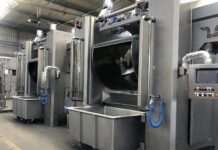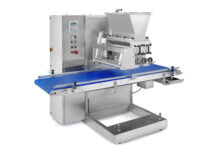It is certain that climate changes have been occurring for several decades, to the extent that policy makers are trying to facilitate targeted actions to limit their negative effects. The 1.5°C temperature increase is the aim set at the Paris climate conference by the governments of the most developed countries. In this context it is possible to make a comparison between research levels implemented in Europe and in the United States in order to limit the impact of climate changes. The funds allocated by Europe for its projects, as for instance Horizon 2020 a.o., are estimated at several tens of millions of Euros, whereas American funds amount to several hundreds of millions of Euros. The obtained results and the results that will be achieved over the next years confirm the United States as a committed country in terms of creativity and innovation, ready to design the world of tomorrow. And it does not matter if all this occurs in order to adapt mass consumption to occurring climate changes. Take, for example, the “New Aviation Horizons” programme with its first entirely electric aircraft X-57, which within 10 years should be able to carry 100 passengers. Expected results concern mainly 75% reduction of emissions in just a few decades. Waiting for important results even from European research, perhaps with an adequate financial support, it is questionable whether and how the food system is going to change, in particular with regard to the production of Countries with great tradition. The real problem will concern primary food production, which can differ in terms of quantity and, above all, quality. In such a context, two aspects are going to be fundamental: the supply of raw materials and processing technologies. In other words, it will no longer be possible to produce and process in the same country, but it will be necessary to use raw materials supplied by other countries, and not by the country where processing takes place. Hence, the technological content, also geared to support tradition, will be key to guarantee quality productions typical of the place where processing takes place. On the other hand, in relation to the made in Italy, this already occurs for products such as espresso and chocolate, but also for Italian pasta, which requires more and more durum wheat from abroad in order to reach the high quality level which is recognised worldwide. Thanks to its technologies that have always combined innovation with tradition, Italy has a head start, and Italian productions will continue to embody the Italian excellence on world markets.




